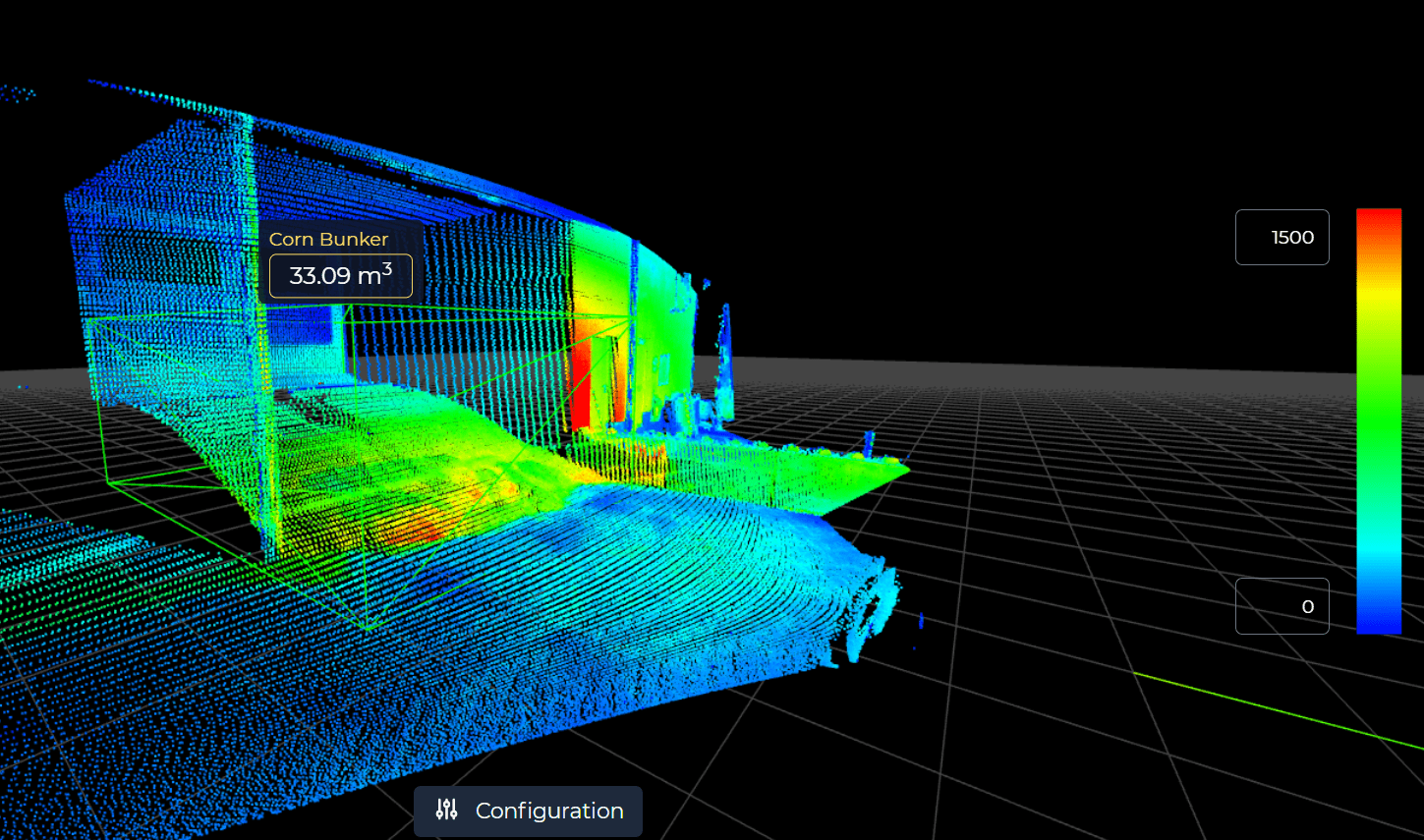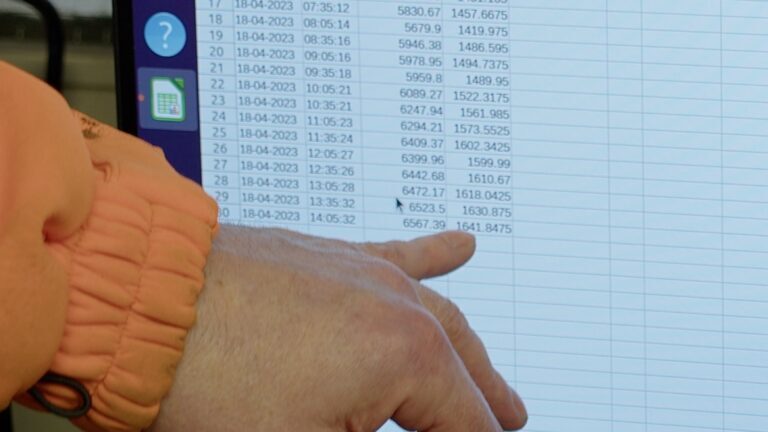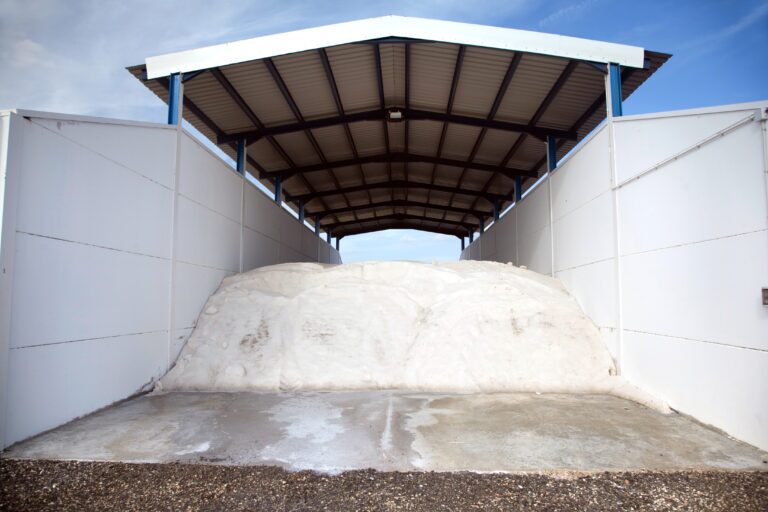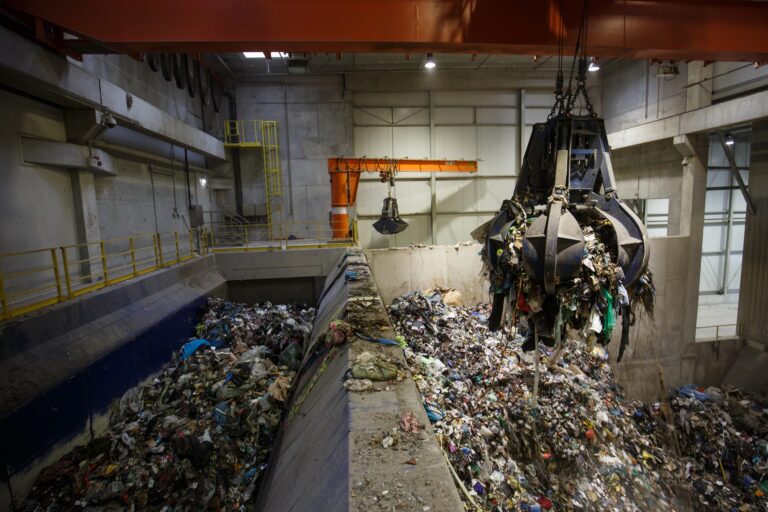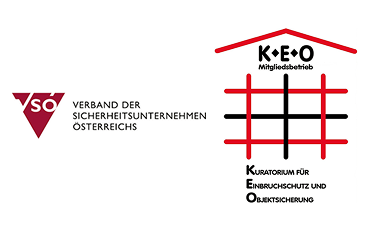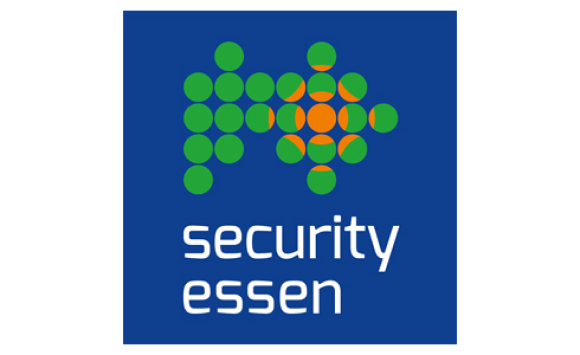Efficient Bulk Material Storage Starts with Accurate Volume Measurement
Whether it’s clinker, lime, sand, or granulate – accurate volume measurement of bulk materials is essential for many industrial operations. Without a reliable system in place, logistics can quickly become a challenge: delays in reordering may cause costly production stoppages, while overfilled stockpiles can breach fire safety regulations or drive up unnecessary costs.
For companies managing inventory across multiple sites, optimizing storage becomes a complex coordination task: deliveries and pickups must be carefully timed to avoid empty runs. Regulatory requirements add further pressure – for example, when storage volumes directly impact taxes or fees, especially in the case of CO₂-related or waste-based materials.
The solution? Automated bulk material volume measurement with LiDAR sensors – delivering real-time, high-accuracy data that minimizes guesswork and manual effort.
Why Traditional Measurement Methods Are Falling Short
Until recently, options for measuring bulk material volumes were limited. Many companies relied on outdated, manual approaches – using truck scales at delivery or pickup, estimating volumes based on loader bucket sizes, or simply eyeballing fill levels. These methods are often inaccurate, with many businesses reporting deviations of up to 20%, even from experienced staff.
Occasional third-party measurements using single-point lasers or drones offer more precision but fall short in terms of frequency and flexibility. In many operations, real-time volume insights are crucial for smooth and efficient planning.
LiDAR offers a much-needed upgrade: instead of measuring individual points, 3D LiDAR sensors scan the entire material surface, generating a detailed point cloud with millions of data points. Every variation in the material surface is accounted for in the volume calculation – delivering a much higher level of accuracy and reliability.

What Is LiDAR and How Does It Work?
LiDAR (Light Detection and Ranging) is a high-precision optical measurement technology. It works by sending out thousands of laser pulses per second and measuring the time it takes for each pulse to reflect off a surface and return to the sensor – a principle known as time of flight.
Using the speed of light and the amount of time the laser signal takes to return to the sensor, the system calculates the exact distance to each point in the environment. These measurements are then processed into a 3D point cloud – a high-resolution, real-time digital model of the surroundings.
From Point Cloud to Volume: How the Data Becomes Actionable
Once the 3D point cloud is captured, it’s trimmed to the defined measurement area – only points within the virtual zone are analyzed.
The floor area is divided into a grid. For each grid cell, the average height of the points above it is calculated. If some areas lack data points – due to shadows or complex material shapes – the missing heights are determined using interpolation (estimating values based on neighboring cells), extrapolation (projecting values based on the typical slope of the material surface), or geometric modeling (fitting idealized shapes such as cones or wedges to approximate the missing volume), depending on the context.
The total volume is then calculated by summing the partial volumes across all grid cells – delivering a precise and reliable measurement.
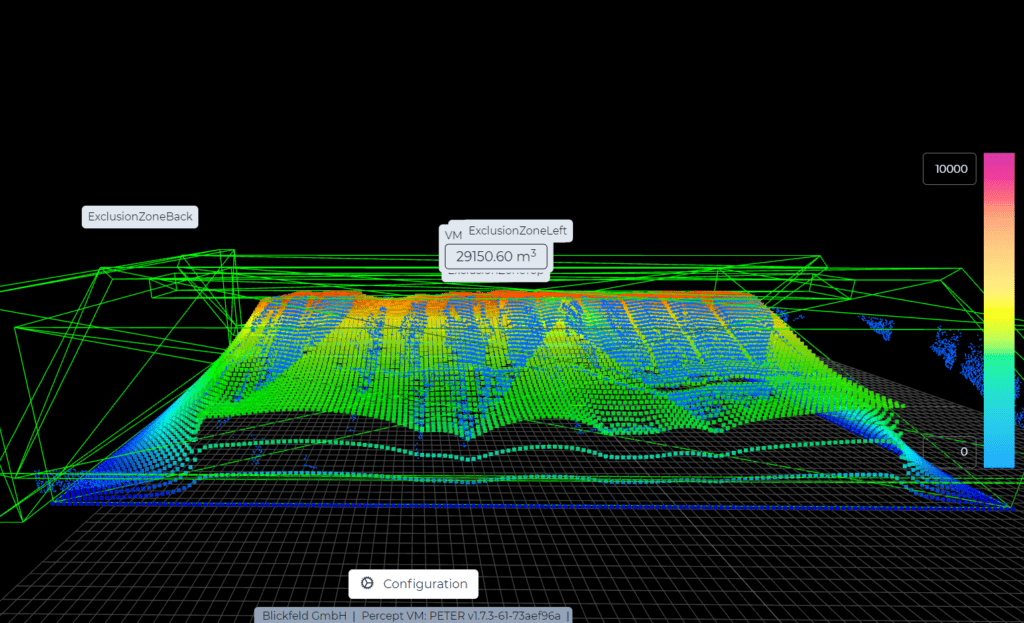
Why LiDAR Is the Smart Choice for Bulk Material Volume Measurement
Compared to traditional methods, volume measurement with LiDAR sensors brings clear advantages. Rather than sampling a few reference points, LiDAR captures millions of data points across the entire surface, ensuring maximum accuracy, even for uneven or irregular material shapes.
Once installed, the system runs continuously and provides real-time, remotely accessible volume data – no need for periodic manual measurements or costly external services. Historical data can also be analyzed to identify trends, improve forecasting, and optimize operational efficiency.
LiDAR also performs reliably in harsh environments: dust, darkness, changing lighting, or weather conditions don’t affect its accuracy, making it ideal for both indoor storage and outdoor stockpiles.
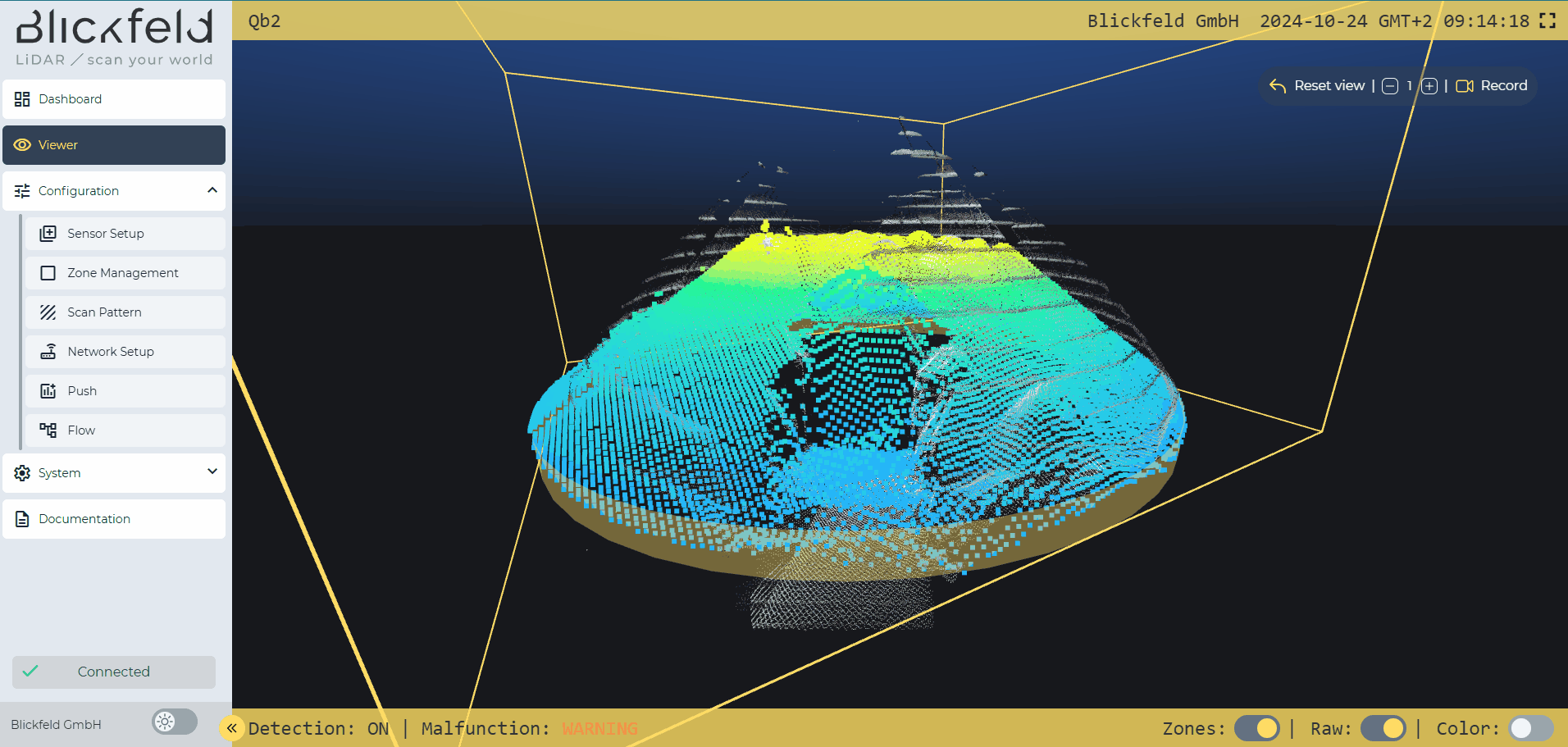
LiDAR Beyond Bulk Material: Optimizing Pallets and Silos
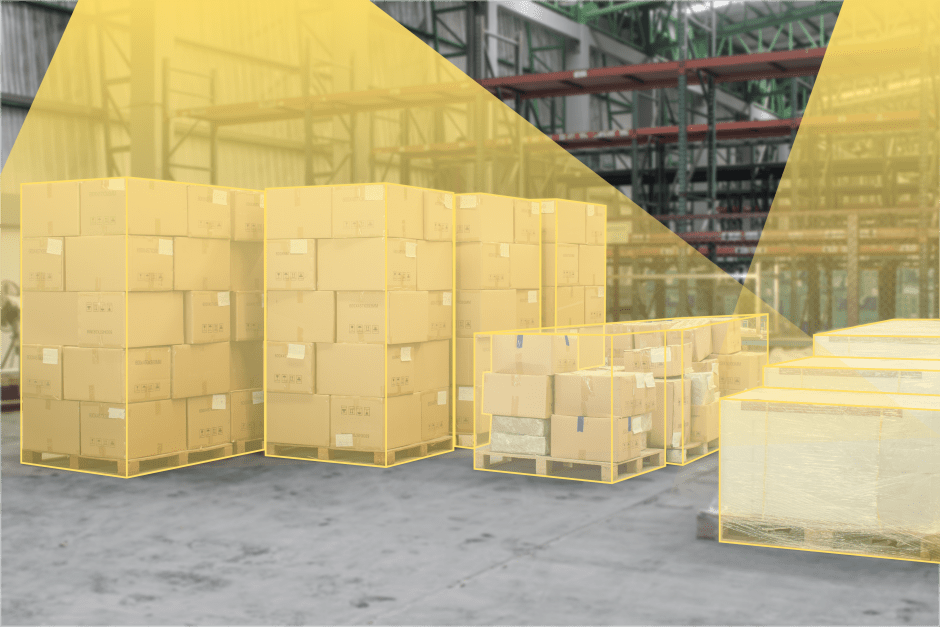
LiDAR’s benefits extend beyond bulk material volume measurement. In palletized goods, 3D data enables precise measurement of not just footprint, but also height and shape – even with irregular or mixed stacks. This allows companies to accurately calculate actual load volumes, spot deviations early, and automate inventory tracking.
LiDAR is also highly effective in silos and other vertical storage systems. It provides consistent, real-time fill level monitoring – regardless of material flow, compaction, or filling patterns. This helps prevent overfilling, improves replenishment planning, and ensures optimal use of storage capacity.
Success Story: How to measure bulk material with LiDAR sensors for CO₂ Tax Compliance
Inaccurate volume measurements can have serious financial consequences – especially when taxes are involved. A global building materials manufacturer faced exactly this problem: to comply with CO₂ tax regulations, they needed precise documentation of clinker volumes – a key raw material in cement production.
However, their existing manual and sporadic measurement methods were too imprecise and labor-intensive, leading to costly errors in tax calculations.
The solution: Bulk material volume measurement with LiDAR. Twelve fixed LiDAR units now monitor the entire clinker hall in real time, delivering high-resolution 3D volume data. This data is automatically fed into the ERP system, ensuring a fully traceable and accurate inventory process.
The outcome: over 80% less manual work, a significantly lower error rate, and CO₂ tax calculations based on actual production volumes. The company has since expanded the use of LiDAR across additional sites and storage systems.

Take Your Warehouse Logistics to the Next Level
Whether for bulk material volume measurement, pallet dimensioning, or silo fill-level tracking, LiDAR unlocks a new level of precision and automation in logistics. The technology provides real-time data, reduces manual workload, and builds a reliable foundation for better planning and performance.
Companies benefit from full inventory visibility, increased operational efficiency, and future-ready logistics infrastructure – indoors or outdoors. If you’re looking to modernize your warehouse operations, LiDAR offers a scalable, high-performance solution that outperforms conventional measurement methods.
Want to Dive Deeper?
Visit our application page on volume monitoring to explore more use cases, system architecture, and information on volume measurement with LiDAR.

At a glance – FAQs
| What is LiDAR and why is it ideal for bulk material volume measurement? |
|---|
| LiDAR (Light Detection and Ranging) is a laser-based distance measurement technology. It is perfectly suited for measuring bulk material volume because it collects millions of data points in real time, accurately capturing even complex or uneven material surfaces. |
| What are the advantages of 3D volume measurement with LiDAR sensors compared to conventional methods? |
|---|
| Unlike manual or sporadic measurements, 3D volume measurement with LiDAR provides 24/7 accurate data – even in dusty conditions or complete darkness, like inside silos. It enables automated inventory tracking with minimal manual intervention. |
| What other applications can LiDAR be used for in industrial environments? |
|---|
| Beyond bulk material volume measurement, LiDAR is also effective for pallet dimensioning and silo fill-level detection. It’s a versatile tool for both indoor warehouses and outdoor stockyards. |

